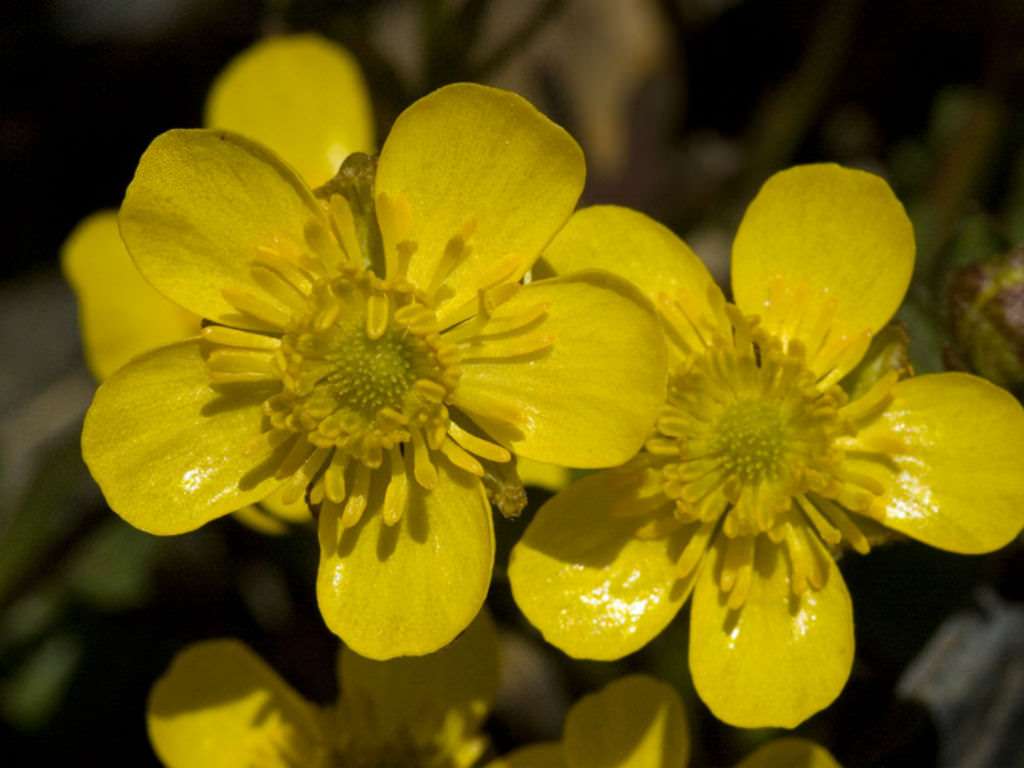

In a rainy environment, these ingredients are important. Also, charcoal can protect against the plant roots rot. The charcoal or biochar can easily absorb excess moisture and release it when the soil getting dry. Perlite/Charcoal or Biochar chips: improve the soil drainage and improve the dryness of the pot. Organic compost gives nitrogen and carbon-rich organic fertilizers. Wash Sands: Enhance the drainage of the pot. If you want to grow this flower in a tropical environment you can use cocopeat to keep moist in dry seasons. It is not recommended to use peat moss and close to clay soil, they will kill your plant. The ideal potting mix for ranunculus plants is, 45% of washed sands ( not the beach sand), 35% of organic compost, 15% of garden soil, and 5% of perlite/charcoal/biochar small chips. See also Why Aloe Vera Leaves Falling | Dropping, Bending 4 Reasons When you are growing buttercup plants indoors, keep them at a bit higher level. This plant is toxic to cattle, dogs, and cats, humans ( if they ate leaves and flowers). When you grow ranunculus in containers, you can maintain the best growing conditions. This guide covers all things about Buttercup plants potting soil, pots, planting, watering, and fertilizer. In zone 3 - 6 regions, you cant grow this plant outdoor in the winter season. The perfect climate condition is USDA zone 8. This decorative plant grows well in USDA hardiness zones 6 and above. Ranunculus or buttercup flowers grow well in a cool climate with good sunlight conditions.


These flowers are used for decoration in many functions such as weddings. Though can grow buttercups flower plants in similar conditions. Other varieties grow at different heights. Persian buttercups plants grow 10 -24 inches (25-61 cm) tall. You can care for buttercup flowers easily without much effort. These flowers look similar to rose-like blossoms. Persian buttercups are the most popular verity, but we can see a lot of popular hybrid versions like Tecolote white, Tecolote orange, Tomer red, Delano yellow, Pon-Pon Hermione. These flowering plants belong to the Ranunculaceae family. Buttercup flowers have over 500 different varieties of species around the world.


 0 kommentar(er)
0 kommentar(er)
